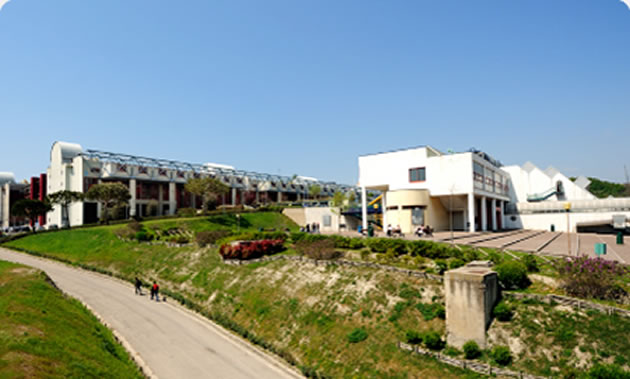Attenuating the “plastics problem”
The main reason why polyolefins are the most successful materials ever made by man is that, despite their simple hydrocarbon nature, the chemical structure of the polymer chains is finely tunable by means of highly versatile and efficient organometallic polymerization catalysts. Combined with smart processing techniques, this unique asset boosts the opportunities to exploit the multiscale organization of polymeric materials, ending up with a marvelous properties envelope and an unbeatable cost-to-performance balance. As I noted above, that’s the reason for the exponential growth of the market (Figure 6), and indirectly the origin of the collateral damage highlighted in Figure 2.
One way to slow the trend is to further improve polyolefin materials so that the same performance can be achieved with less (e.g. make films and pipes thinner without losing on application performance) and maintained for a longer time. This requires further advances in our ability to optimize chain microstructure and architecture via catalysis. Enhancing or purposely modulating the (chemo-, regio-, stereo-) selectivity of chain growth at the active transition metal centers is the conventional way; more innovative solutions include the utilization of novel (co)monomers (e.g., functional ones), or unconventional processes (e.g., leveraging on active centers cooperation in tandem or multi-sited catalysis, in solution or on surfaces).
Another strategy is to simplify the market, and therefore post-mortem recycling, by reducing the number of products made with different materials. In recent years we have witnessed an inflation of over-engineered multi-material solutions which are virtually impossible to recycle (e.g., metal/polymer combinations for food packaging). All-polyolefin alternatives resulting from the smart integration of chemical and physical routes (e.g., multilayer polyethylene or polypropylene films with multiple orientations) are already being studied with encouraging results.
Phase compatibilization in immiscible polymer blends is also an option to consider. Several novel block copolymers which can be produced with an appealing cost-to-properties balance have been shown to work well for the purpose, and the area is expanding.

Introduction
LSP is a global competence center for fundamental and applied studies on olefin polymerization chemistry and catalysis.

Members
We hope you Enjoy discovering all the people that belong to the LSP Project. Visit us to discover more about our team.

Research
LSP specializes in fundamental and applied studies of catalytic olefin polymerizations, aiming to better understand and improve…

Infrastructure
LSP is one of the very few academic groups operating a comprehensive HTE workflow for organometallic catalysis.

Join LSP!
We are always interested in hearing from potential new members and collaborators who are interested in a position at LSP.

Visit
Whether you are a student, a scientist, a technologist, or an occasional traveler of the Web, visit us, get in touch.
